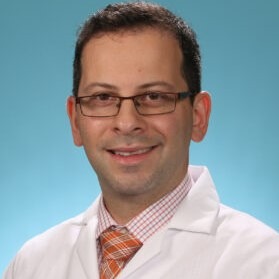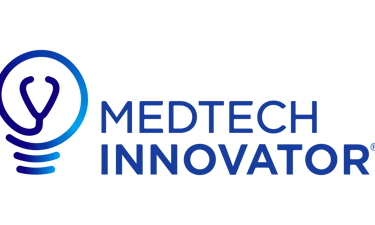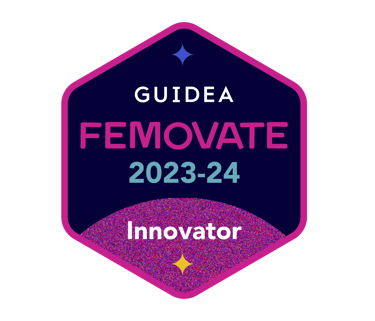
Team
Armor Medical Inc.
Est. 2022
Leo Shmuylovich,
MD/PhD | CTO
I am an MD/PhD-trained dermatologist and physicist with a tenure track physician-scientist Assistant Professor appointment at Washington University in St Louis School of Medicine. I have 80% protected research time; in the remaining 20%, I care for patients once weekly in an outpatient pediatric dermatology clinic and attend on the inpatient pediatric dermatology consult service. My long-term goal is to leverage my engineering and physics skills with my clinical experience to develop imaging technologies that provide patients with access to accurate diagnosis and management of cutaneous and non-cutaneous disease.
While my MD/PhD graduate work at Washington University in St Louis focused on cardiovascular physiology, at its core, it involved leveraging math and physics to extract clinically meaningful insights from previously underutilized imaging data. My doctoral work was productive, with 16 publications, 2 patents, presentations at national meetings, and industry collaborations. After PhD training, I co-founded an education technology company (Virtual Nerd, LLC), where I gained invaluable experience in leadership, software engineering, and business development. After acquisition of Virtual Nerd by Pearson Education, I returned to clinical training and subsequently completed a dermatology residency and a fellowship in pediatric dermatology.
As a dermatologist, my clinical training has been focused on careful consideration of the visual appearance of disease, which is the result of tissue-light interaction in the visible spectrum. However, I am interested in exploring imaging modalities that leverage tissue-light interaction beyond the visible spectrum where there is potentially a wealth of additional information that is inaccessible by visual assessment alone. To that end my postdoctoral and ongoing independent work is focused on medical imaging devices that extract novel physiologic insights by operating in the infrared spectrum beyond the visible range, specifically, the near-infrared (0.7-0.9 µm), the short-wave infrared (0.9-1.7 µm) and the long-wave infrared (8-12 µm).
The current SBIR proposal leverages my expertise in building low-cost devices operating in the near-infrared. The proposal seeks to further develop a reflectance-mode wearable low-cost battery-powered laser-speckle-based imaging device capable of measuring peripheral blood flow. I will contribute technical expertise to this project by leveraging my experience building low-cost near-infrared optical imaging devices. By setting an expectation that our prototypes work with low-cost components from the outset, we will ensure that the final device is affordable and accessible. Ultimately, I hope this work help dramatically decrease maternal mortality worldwide.









